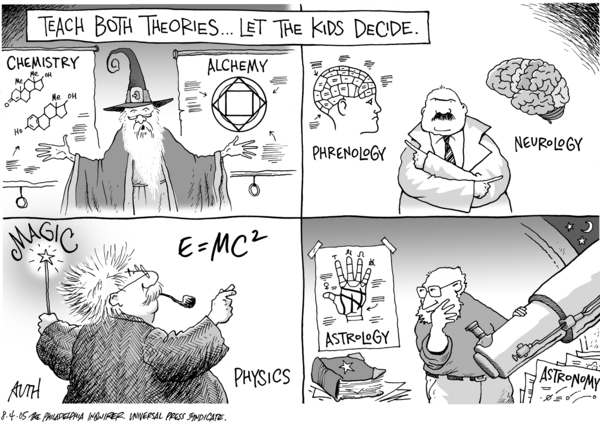Sigg BPA Scandal
I’m finding it disheartening that no matter what we try to do to eat, drink, and simply live healthy, corporations still lie to us. With Green and Local washing rampant and lax organic labeling, it almost seems that trying to eat and drink right with a minimum of contaminants is nearly impossible.
It seems to me Sigg specifically advertised their bottles as BPA free, although I am not able to find any examples of that right now. But they did hold off on letting people know the ingredients of the epoxy in their bottles for a long time which is a big red flag in the possible negligence department.
Original article posted at: http://news.yahoo.com/s/ap/20090903/ap_on_re_us/us_fea_lifestyles_bottle_backlash
Sigg bottles are leaving Katy Farber with a bitter taste.
Like countless other eco-conscious consumers, the Middlesex, Vt., teacher and blogger switched to the aluminum bottles for her two young girls because of bisphenol-A, or BPA, a substance commonly used to harden plastic that has raised health concerns and bedeviled buyers of plastic bottles.
Now this shocker from Sigg Switzerland: Bottles made by the company before August 2008 had “trace amounts” of BPA in the epoxy liners. Sigg officials knew it since June 2006, but didn’t announce it until last month.
Indignant Sigg owners like Farber have been blogging and tweeting up a tsunami. After all, the colorful bottles — which can sell for more than $20 — have serious green cred among the stylish and health conscious. Bottle designs include not only funky graphic patterns, pictures of Hello Kitty or skulls, but also slogans like “SIMPLY ECO LOGICAL.”
“I did feel betrayed by a company that was putting itself out there as a green and safe company,” said Farber, whose girls are now 2 and 4. “Why wasn’t this disclosed earlier?”
Concerns about BPA stem from the fact that it can mimic estrogen, a powerful hormone. The Food and Drug Administration is reviewing its conclusion from last year that its use in baby bottles and food containers is safe for infants.
But while scientists disagree about whether the very low doses found in bottles can be harmful, consumers have become increasingly wary about BPA. The maker of plastic Nalgene water bottles last year pulled bottles with BPA from stores because of growing consumer concern.
In May, Minnesota became the first state to approve a ban of the sale of baby bottles and sippy cups made with BPA. Connecticut followed soon after.
Sigg has benefited from the brouhaha. Parents like Farber chose Sigg over sippy cups and water bottles specifically because of BPA.
That’s why many were shocked when Sigg Switzerland chief executive officer Steve Wasik posted his “Dear SIGG Customer” letter on the company’s Web site. He stressed that there was no danger of leaching and said all bottles made since August 2008 have an alternative “EcoCare” liner. Wasik was “proud to say” that Sigg began developing the BPA-free liner in 2006.
The letter landed with a clang. Damning articles posted on the Web were repeatedly re-tweeted, showing the danger of stirring up consumer discontent in the age of social networks.
“They made the decision not to share the information when they knew exactly what their target market wanted,” said Matt Sansbury, an Austin, Texas-area father of two girls. “I understand that they say that the BPA doesn’t leach, but that’s a decision I want to make on my own.”
Wasik, in a phone interview Thursday, said he was surprised by the consumer response. He said Sigg had an agreement with the vendor that made the old liner not to divulge the proprietary formulation, and that Sigg was careful not to make BPA-free claims. Still, after reading hundreds of e-mails, blog posts and tweets, Wasik on Tuesday posted a second letter to customers apologizing and saying that his first letter “may have missed the mark.”
The company is running a program through Oct. 31 allowing customers to mail in bottles with the old lining — which was a copper-bronze color — and pick new ones. There is no cost for the bottle, though customers must pay shipping.
The Environmental Working Group, a nonprofit research and advocacy organization, on Thursday said Sigg should provide full refunds to customers. The Washington-based group said the current exchange program puts customers in the “untenable position” of having to trust Sigg’s claim that replacement bottles are safe.
But Wasik said early consumer response to the return program has been positive.
“I think when you’re an environmental company, you’re held to a higher standard,” Wasik said, “and we aim to get back up to that standard in the minds of these consumers who feel disappointed.”
It’s too early to tell if Sigg can regain the trust of disillusioned customers. Some said they have yet decide on whether to mail in their old Siggs or just switch to a different brand, like Klean Kanteen.
But the Sigg incident illustrates the larger question for consumers trying to find green alternatives: Is nothing safe?
“Sometimes I wonder: how much do I need to research? I’m just a mom trying to do the right thing for my kids,” said Jenn Savedge, a mother, blogger and freelance writer in Luray, Va. “How deep do I have to dig to feel comfortable? Or do I just have to drive to school every hour and bring my kids a glass of water from my own tap?”

